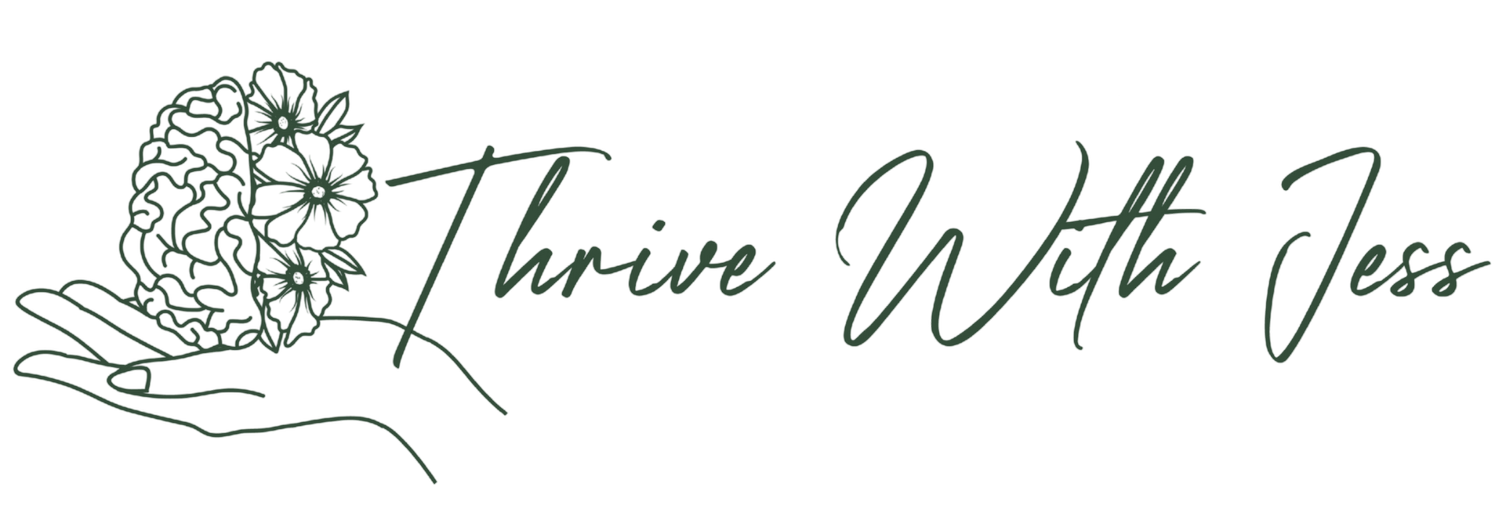The Depressed Person Who Hides It Well
The Mask of High-Functioning Depression
Elsa. Carmy. Barbie. Tony Stark. Nick Miller.
Different characters — same story: they’re all quietly struggling.
Elsa isolates and shames herself for feeling. Carmy is all perfectionism and pressure while unraveling inside. Barbie starts to break the moment she stops feeling “fine.” Tony Stark hides panic and survivor’s guilt behind sarcasm. Nick jokes through anxiety, insecurity, and feeling like a failure.
They don’t look depressed — but they are.
And so are many people around us.
What High-Functioning Depression Can Feel Like
You might look “fine.” You’re still working, showing up, cracking jokes — but inside, it feels like:
Numbness
Dread over basic things
Constant overthinking
Feeling like you’re performing life instead of living it
You might say:
“I’m just tired.”
“I’ve been busy.”
“It’s nothing.”
And people believe you — because you’re high-functioning.
Why It’s So Easy to Miss
People with high-functioning depression often struggle in silence — and the world doesn’t just overlook it. It rewards it.
We admire people who “keep it together.”
Who bounce back quickly.
Who don’t break down.
Who inspire us… even when they’re suffering.
But this can breed internalized shame.
Shame that says: If you’re doing all the things, how can you be depressed?
Stigma plays a big role, too — especially in families, cultures, or workplaces where emotions are minimized or mocked. Many of us learn early:
Smile. Stay busy. Don’t be too much.
So people keep going — even when they’re breaking down.
They don’t look depressed, so no one notices. Not even themselves.
And when that pain goes unacknowledged, they may never get help — because from the outside, they seem like they don’t need it.
It Still Counts — Even If You’re Not Falling Apart
Just because you’re not crying or stuck in bed doesn’t mean it’s not serious.
Unacknowledged depression can look like:
Chronic fatigue
Burnout
Physical pain
Emotional breakdowns that “come out of nowhere”
Crisis when you’ve held it in for too long
You don’t have to hit a breaking point to deserve help.
What Healing Can Look Like
It can feel terrifying to finally say the truth: “I’m not okay.”
But once you do?
You may feel a tiny bit of relief — because you’re not pretending anymore.
Therapy can help you safely drop the mask.
Much of the work I do with clients is about helping them reconnect with their emotions and remember:
No feeling is bad — some are just harder to sit with.
Here’s how we might approach it together:
EMDR: To process past experiences that taught you it’s not safe to feel or show emotion
CBT & DBT: To interrupt perfectionism, overthinking, and people-pleasing loops
Expressive Arts Therapy: When words fall short, we use movement, art, or writing to give your experience a voice
Gottman-Informed Couples Therapy: For couples hiding behind routine or resentment, we work on emotional safety, rituals of connection, and being seen
Yoga & Mind-Body Work: Because sometimes the body holds what the mind can’t yet say — and healing happens when we include it
If This Is You: A Note
If you’re smiling on the outside but silently crumbling on the inside — I see you.
I see how tired you are, but how you still show up.
I see you saying “I’m fine,” while holding it together for everyone else.
I see you quietly fraying.
I see you.
You are not alone. And this is not weakness.
This is what it looks like to survive in a world that rewards your mask more than your truth.
You’ve done what you needed to do to get through. That deserves compassion and grace — not shame.
And just in case no one has said this to you lately:
You don’t have to keep pretending to be okay in order to be loved, respected, or supported.
You don’t have to carry this alone. Healing is possible.
If this resonates, reach out to me.
You don’t have to wait until you fall apart to start getting support.
